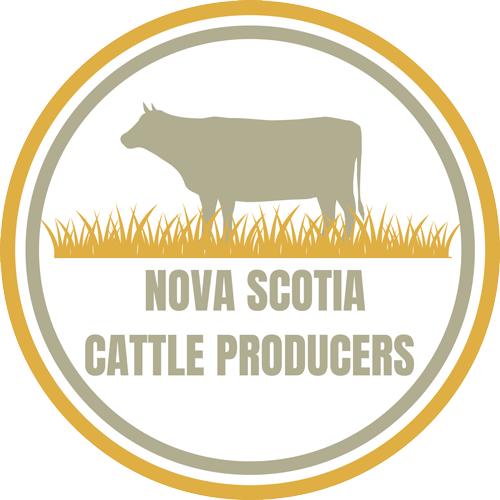Premises ID helped reduce livestock death toll during B.C. wildfires
B.C. struggled to get ranches registered but producers now realize how valuable traceability is, says cattlemen’s association
If you want to know the true value of the premises identification system, look no further than our neighbours to the west.
“Up until this point, premises ID has been sold to us on the basis of animal health and tracking so that if there’s a disease outbreak, we have the contacts in place to isolate it,” said Kevin Boon, general manager of the B.C. Cattlemen’s Association.
“In this case, we were able to show a very distinct value for having that there that was outside animal health and traceability.”
Premises identification was introduced as one of the three pillars for a system to trace cattle back to an operation in a disease outbreak. But the B.C. government also used it to connect with cattle owners whose operations were in the path of the wildfires that burned more than 2.8 million acres this year.
“It very much simplified the process and gave us a communication channel with these producers,” said Boon. “We were able to keep them informed and work with them to remove the cattle and make sure the people and infrastructure in place was protected as much as possible.
“It proved valuable in this case.”
Nearly 30,000 cattle were killed or displaced during the wildfires, but the premises identification system allowed producers to access their land and provide “essential services” to their animals.
“We were able to utilize the premises ID as a form of verification to establish that these guys had a purpose for being in there and to pinpoint where these operations were at,” said Boon.
“By having producers come forward with their premises ID, we were able to establish they were ranchers who had a purpose for being in there and were then able to get a permit for them to get access to that land.”
Without that, the livestock death toll could have been much higher, he added.
“If we didn’t have the human component in there to help them, we would have seen a lot more injuries and mortalities with these animals,” said Boon.
“By having someone who knows the lay of the land and where these cattle will hang out, they were able to get in there and do whatever was necessary — open gates, cut fences — to create a path for these cattle to escape the fires. Having that opportunity was huge.”
Register your premises
But not all producers were registered under the premises identification program, and that was a challenge for B.C. officials.
“What we found was that a lot of our guys weren’t registered for premises ID in some of these areas. Maybe 30 per cent of them had their premises ID,” said Boon.
That’s less of a problem in Alberta, where there is “quite a high rate of compliance,” said Rich Smith, executive director of Alberta Beef Producers.
“We’re well along the way compared with the rest of the country in implementing premises ID,” said Smith. “The Alberta government has made it a requirement for anyone with livestock to register their premises.”
Premises identification has been used during natural disasters in Alberta as well, including the Fort McMurray wildfire in 2016, flooding in southern Alberta in 2013, and the Slave Lake wildfire in 2011.
“For consumer confidence and public trust, traceability is important, but it’s also valuable to the industry when you have animal health issues or emergencies such as we saw this year (in B.C.),” said Smith. “For the people who are involved in managing an emergency situation, it’s very helpful for them to have an idea of what animals are in an area and where they are. That’s what premises identification helps with.
“The better the system operates, the more quickly people can respond.”
Premises identification was also used during the recent bovine tuberculosis outbreak in southern Alberta.
“The tuberculosis case wasn’t an urgent situation. It was more a case of doing a proper investigation than impending doom,” said Smith. “But if you’ve got a situation such as flooding or a catastrophic storm during the winter, being able to identify premises within the area where animals would be at risk is a great benefit.”
Despite its benefits, not all producers have registered their properties, and that could put them at risk during a disaster, added Boon.
“In the ranching community, there’s always skepticism around programs like this,” he said.
“They want to know why (authorities) need the information and what value is it to ranchers. They think it’s just one more thing they have to do that isn’t really necessary for their operations.
“But it was critical for us.”
For B.C. cattle producers, surviving the wildfire has “really changed their perspective on it — not only for those in the fire, but outside of the fire as well,” said Boon.
“They’re understanding the devastation that has happened to these guys — that they’re one lightning strike away from that happening in their backyard.”
Boon has only one word of advice for other producers: “Register.”
“It’s not going to hurt you,” he said. “That information is all there in other areas anyway, but if we can have it in one spot to look, it simplifies the process for everyone.”
Smith agrees.
“We think it’s a very important element of our industry, and we would encourage people to be part of it.”
This article was originally published on AGCanada.com.
